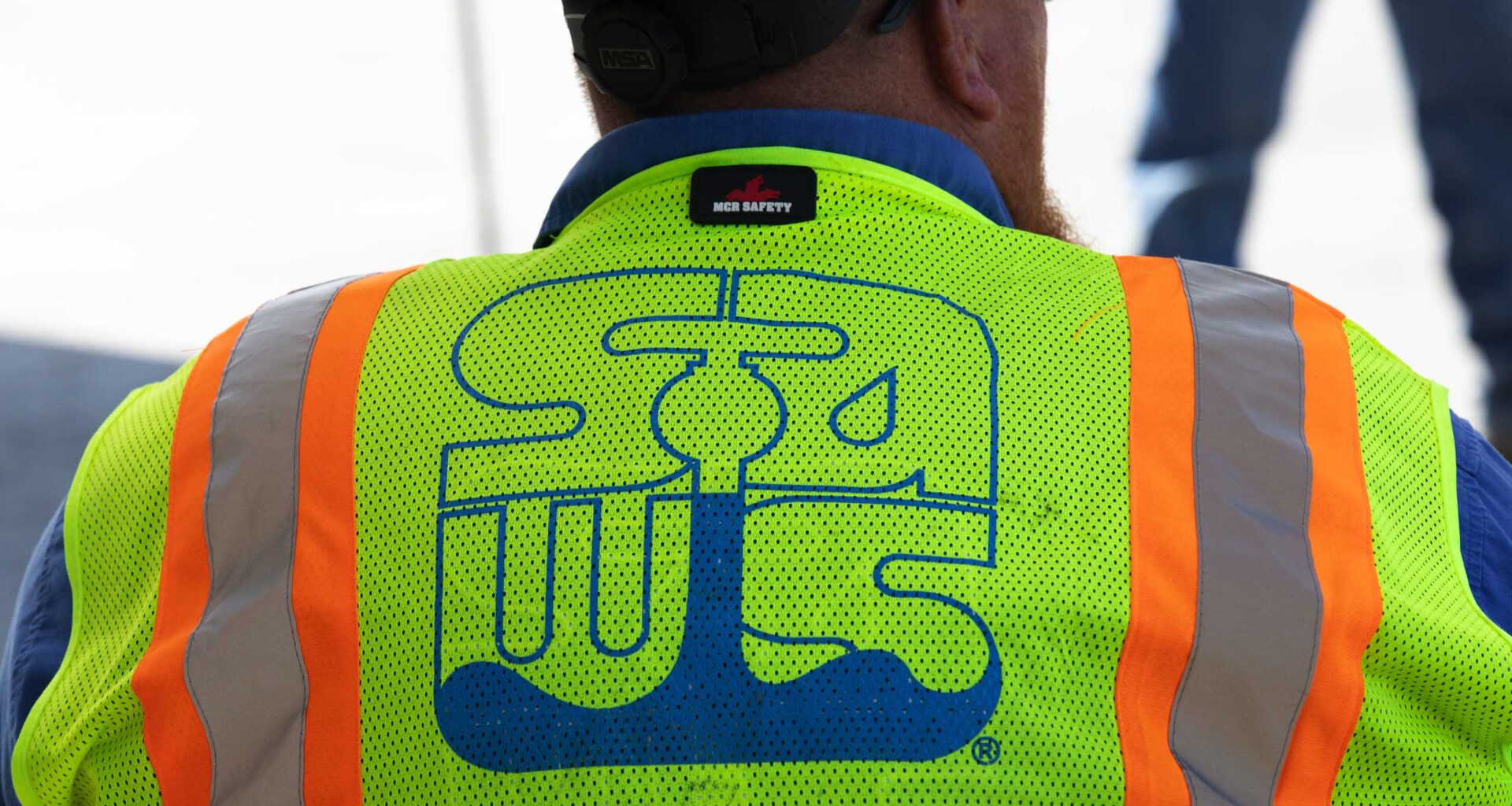The San Antonio Water System plans to ask for a rate increase next year to help fund $3.2 billion in system improvements by 2030.
San Antonio City Council members weighed in at a Wednesday meeting, discussing how rates would affect low-income customers and the public utility’s recent work to reduce leakages and improve responsiveness.
SAWS is asking for its first rate increase since 2020 to improve its water treatment facilities. The utility wants to put $1.7 billion into its wastewater system and $1.1 billion into its water system by 2030. Another $318 million would be invested into building out its water supply.
The rate increase would not be part of a SAWS budget that will be presented to city council members in November. SAWS wanted to delay its rate increase to let San Antonio’s new City Council focus on the city budget.
Both city-owned utilities have taken steps to avoid contentious rate-hike votes leading up to a city election year — meaning the timing is now ripe, when members aren’t on the ballot again until 2029.
Gavino Ramos, the utility’s senior vice president of communication, said SAWS was completing a study on its rates and needs to figure out how much more to charge its customers. The utility serves 511,300 water customers and 457,600 wastewater customers across Bexar, Medina and Atascosa counties, according to its website.
SAWS is scheduled to present an interim budget by the end of 2025, which will include public hearings on Oct. 7 and Nov. 4. Then, SAWS plans to conduct public outreach with neighborhood groups across the city before formally asking city council members to approve higher rates in January or February.
If approved, Ramos said, the rate increase could be in place within the first three months of 2026. That’s a rough estimate, he added.
“It’s very fluid,” Ramos said.
In a presentation to city council members, SAWS chief financial officer Doug Evanson said the most expensive improvements planned were $828 million for treatment facilities, including the city’s three water recycling plants, and $608 million for replacing sewer mains. Another $460 million would be allocated to water main replacements.
SAWS officials are focused on treatment facilities.
“What’s driving our rate increase for this coming year are our wastewater treatment plants,” said SAWS President Robert Puente. “We have to make major upgrades.”
SAWS’s plan would see the utility spending more than $600 million a year between 2026 and 2030 on various improvements. Around $327 million of improvements originally scheduled for 2026 would be pushed back to later years due to the interim budget process.
Evanson said the utility’s goal, particularly with improvements to treatment facilities, was to avoid expensive problems down the road and extra regulation.
“Failure to make improvements could result in permanent violations and could trigger additional environmental oversight,” Evanson said.
SAWS also needed higher rates to maintain its low interest rates when it borrows money, Evanson added. To maintain a high bond rating, he said, SAWS needs to adjust rates.
Council members were concerned about how rates would affect residents and wanted to see where SAWS would focus on improvements. Several council members asked for more data about where aging infrastructure is located and where SAWS would focus its efforts.
Councilwoman Marina Alderete Gavito (D7) added that it was hard to talk to residents about rate increases or water conservation efforts when those same residents noticed major leaks.
“It’s embarrassing to lose that much of your inventory,” Puente responded. “We’re addressing it and those numbers are going down.”
He said they were working to improve conservation programs and had invested in reducing leakages through more work crews. Response times to non-emergency issues have dropped from two weeks in 2023 to two or three days in 2025, according to data from SAWS.
Councilman Marc Whyte (D10) asked if some of those changes, as well as improvements around meters and increased efficiency, could be passed on to ratepayers and help lower utility bills. He also asked about an audit of SAWS operations.
“Something where a third party comes in, reviews what’s going on and gives you an idea, and us, of what SAWS can do better,” Whyte said. “When you’re asking citizens to pay more, it’s perhaps easier to do so if an audit like this, like I’m suggesting, has been done.”
SAWS Chairwoman Jelynne LeBlanc Jamison said it would be difficult to get an audit done before a rate increase is presented in early 2026, but added that SAWS has evaluated its work and efficiency in areas like meter deployment.
SAWS officials also briefly answered questions on a proposal to move a cooling plant near Hemisfair to make way for Project Marvel. This project is not included in the utility’s $3.2 billion plan for improvements.
SAWS senior vice president and chief of staff Jaime Castillo said a study is being conducted to determine the final cost of that project, but they expect the move will cost SAWS more than $200 million.
